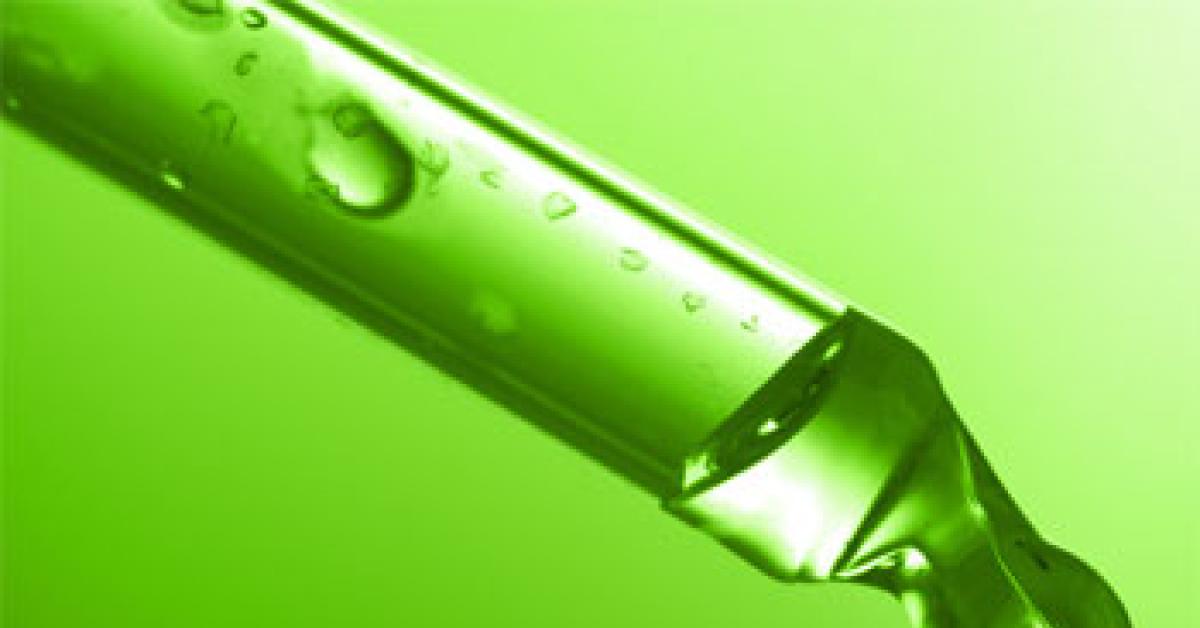CONCORD, N.C. — Over the years, I have covered the procedures for removing a multitude of garment stains. While I can’t cover every situation, the protocol for removing most stains can easily be transferred to the removal of “sister” stains. While walking the Clean Show floor recently, I found that many cleaners do not make the connection.
The fact that paint and nail polish are “sister” stains and therefore will respond to the same methods never occurs to them. Coffee and tea will respond to the same procedure, but it has never “clicked.” The fact that blood and milk can be removed using the very same process has always escaped their train of thought.
I cannot stress the basics of supplemental stain removal too much. With few exceptions, garment stains can be grouped into four categories: 1. Solvent-soluble, 2. Chemically soluble, 3. Water-soluble, and 4. Insoluble. Proper stain removal begins with these four categories and the individual protocols used for each category.
SOLVENT-SOLUBLE
Solvent-soluble stains are the ones easily removed by your primary drycleaning solution. Cooking oil and petroleum jelly are two good examples of solvent-soluble stains. Most immersion cleaning solutions are more effective on oily stains than they are on stains that entered the garment under moist conditions.
The grease-cutting characteristics of the drycleaning solution make solvent-soluble stains disappear in the wheel. Unfortunately, far too many operators mistakenly believe that all garment stains are solvent-soluble. Only the combination of experience and training can allow a cleaner/spotter to reliably evaluate if a stain is solvent-soluble.
CHEMICALLY SOLUBLE
Chemically soluble stains are the ones that require additional chemical tools to break down and flush from the garment. These are characterized by paint, nail polish, and correction fluid such as Liquid Paper.
The vast majority of chemically soluble stains are natural or man-made mineral stains. In recent years, there has been a reduction in the use of aggressive grease-cutting chemicals in paint, oil and grease removers (POG). This circumstance has increased the need for time and for knowledge by the cleaner/spotter in order to remove this category of stains.
For every reduction in aggressiveness comes an increase in time and/or mechanical action. This increases the opportunity for overly aggressive mechanical action, which will result in damage to the fabric when applied. When given the choice, always choose time over mechanical action, assuming you can produce the same positive results using either option.
Most chemically soluble stains should be addressed on the dry side. Use wet-side protocols to remove the remnants of pigment, if necessary.
WATER-SOLUBLE
Water-soluble stains require the use of water to break down and flush from the garment.
The first steps in supplemental stain removal of water-soluble stains begins with flushing the stain with steam over the vacuum nose of the spotting board. This will remove a portion of the staining material with little risk to the fabric or dye, break the surface tension to allow quicker penetration of additional chemical tools, and heat the stained area, thus enhancing the speed of said tools.
This step is followed by the application of neutral synthetic detergent (NSD) and light mechanical action over the solid portion of the board. Since pH color change remains a major problem, the use of a pH-neutral chemical tool is a much safer way to remove water-soluble stains, when possible.
The garment is once again placed over the vacuum nose of the board and flushed with steam.
Most water-soluble stains originate from either plants or animals; plant stains are referred to as tannin stains and animal stains as protein stains.
After completing the steps that are common to the removal of all water-soluble stains, there is usually far less staining matter to be removed than if you do not use these basic steps.
Blood is an example of a protein stain. Blood and its (animal origin) “sister” stains can be removed by applying a pre-mixed protein formula over the solid portion of the board, then applying light mechanical action. The older the stain, the darker the blood will appear.
When the blood shows little or no red appearance, I have gotten into the habit of fogging the stain to heat it, followed by using an enzyme digester. It is faster, easier and safer to allow the digester to break down this old blood while spotting other items.
When you get back to this old blood stain, place it over the vacuum nose of the board and flush away at least half of the blood. The rest can be removed by the pre-mixed protein chemical tool you keep on your spotting board.
Protein removal agents are alkaline and can be neutralized with a tannin (acid) spotting formula if there is any color change in the stained area.
Black coffee is an example of a tannin stain. Coffee and its (plant origin) “sister” stains can be removed by applying a pre-mixed tannin formula over the solid portion of the board and applying light mechanical action. Then place the stain over the vacuum nose of the board and flush with steam. The protocol is the same regardless of the tannin formula chemical tool.
These include, but are not limited to, mild tannin, aggressive tannin, general formula and rust remover. That gives you four treatment options of varying strength before ever considering spot-bleaching.
Tannin formula can be neutralized by using protein (alkaline) formula if there is any color change in the stained area.
INSOLUBLE
Carbon is an example of an insoluble stain, and can be found in car exhaust. Insoluble materials will not break down. Therefore, an insoluble stain can only be removed through lubrication and mechanical action on the dry side.
An oily type paint remover is an excellent tool choice, along with tamping with a spotting brush. The stain can then be flushed with normal dry cleaning.
Have a question or comment? E-mail our editor Dave Davis at [email protected].

